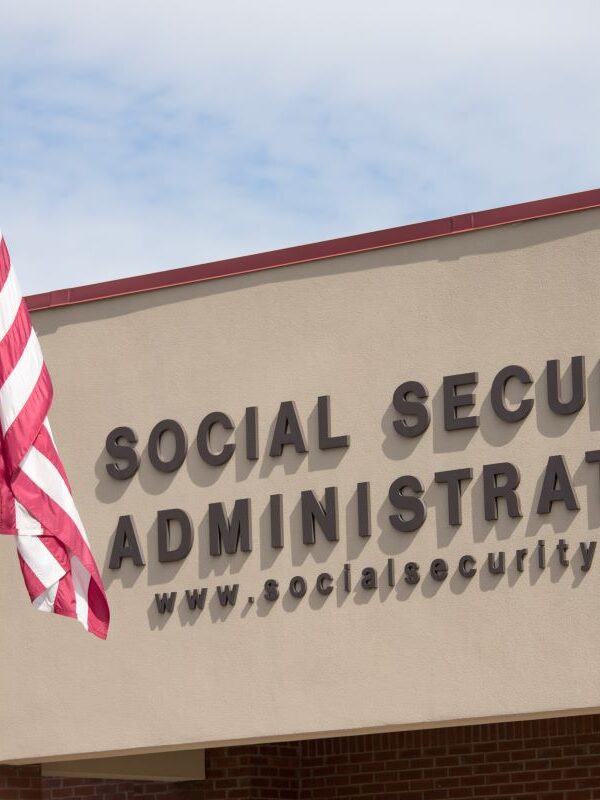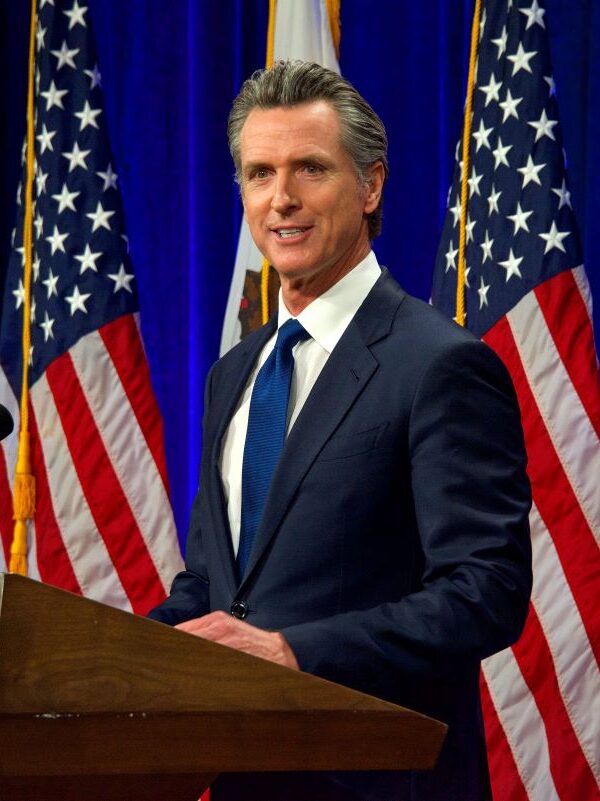Can America handle a $25 minimum wage? Raising the minimum wage to $25 an hour is a hot topic, but it’s not without consequences. Here’s what you need to know about the real cost.
Higher Prices for Goods and Services

As wages increase, businesses may raise prices to cover the higher payroll costs. This means you could end up paying more for everyday items, from groceries to restaurant meals, as companies pass the added expenses onto consumers.
Small Businesses Under Pressure

While large corporations might absorb the wage hike, small businesses could struggle. Higher wages mean tighter profit margins, potentially leading to layoffs, reduced hours, or even closures. The impact on mom-and-pop shops could be significant.
Job Automation and Losses

Raising the minimum wage could accelerate automation. As labor costs rise, businesses might invest in technology to replace human workers. This could lead to job losses, particularly in industries where tasks can be easily automated.
Boost to Worker Purchasing Power

On the flip side, a higher minimum wage would increase the purchasing power of millions of workers. With more money in their pockets, these workers could boost the economy by spending more, potentially offsetting some of the costs to businesses.
Impact on Inflation

A significant wage increase could contribute to inflation. As businesses raise prices to cover higher wages, the cost of living might rise, potentially diminishing the intended benefits of a wage hike for low-income workers.
Economic Disparities Between Regions

The impact of a $25 minimum wage would vary by region. In high-cost cities, the increase might be necessary to cover living expenses, but in lower-cost areas, it could be more disruptive, leading to uneven economic effects across the country.
The Role of Government Assistance

As wages rise, some workers might earn too much to qualify for government assistance programs. While this could reduce dependency on these programs, it might also leave some workers worse off if their wage increase doesn’t fully cover the loss of benefits.
Wage Compression

Raising the minimum wage could lead to wage compression, where the gap between lower and higher-paid employees narrows. This could create tension in workplaces as more experienced or skilled workers see less of a differential in pay.
Employee Morale and Productivity

A higher minimum wage could improve employee morale and reduce turnover, leading to greater productivity. Workers who feel fairly compensated are often more motivated and loyal, which can benefit businesses in the long run.
The Domino Effect on Wages

A $25 minimum wage could push other wages higher as businesses adjust pay scales to maintain wage hierarchies. This ripple effect could increase payroll costs across the board, not just for minimum wage workers.
Cost of Living Adjustments

Some argue that a minimum wage increase should be tied to the cost of living, ensuring that wages keep pace with inflation. This could help maintain the purchasing power of low-wage workers over time, but it also complicates the implementation of a flat $25 rate.
Effects on Youth Employment

Higher minimum wages could reduce job opportunities for younger workers or those with less experience. Employers might be less willing to hire entry-level workers at higher wages, potentially limiting opportunities for those just starting their careers.
Impact on Prices for Essential Services

Essential services like healthcare, childcare, and eldercare could see price increases as these industries adjust to higher labor costs. This could put additional financial pressure on families who rely on these services.
Corporate Responses

Some large companies might respond to a $25 minimum wage by outsourcing jobs or moving operations to lower-cost regions or countries. This could lead to job losses in the U.S. and contribute to economic challenges in affected areas.
The Case for Incremental Increases

Some experts advocate for gradually increasing the minimum wage rather than jumping directly to $25. Incremental increases could allow businesses and the economy to adjust more smoothly, reducing potential negative impacts.
Are We Ready?

Raising the minimum wage to $25 an hour is a complex issue with far-reaching consequences. While it could lift millions out of poverty, it also poses significant challenges for businesses, consumers, and the economy. The question remains: Is America ready for such a bold move?
Millennials Are Over It: 25 Reasons Woke Culture Is Losing Its Charm

Has the push for progress tipped too far into preachiness? Here’s why many Millennials might think so. Millennials Are Over It: 25 Reasons Woke Culture Is Losing Its Charm
Is It Time Boomers Paid the Price for America’s Economic Inequality?

The American Dream feels more elusive than ever, especially for younger generations. What was once achievable through hard work now faces significant hurdles, from skyrocketing college costs to the challenging pursuit of homeownership. Here’s a look at why it’s tougher for Millennials and Gen Z compared to Baby Boomers. Is It Time Boomers Paid the Price for America’s Economic Inequality?
Rent Crash in California: Landlords Scramble as Prices Take a Hit

California’s rental market is taking a nosedive, with major cities seeing huge drops in rent prices. Rent Crash in California: Landlords Scramble as Prices Take a Hit
Featured Image Credit: Shutterstock / Ground Picture.
The content of this article is for informational purposes only and does not constitute or replace professional advice.
The images used are for illustrative purposes only and may not represent the actual people or places mentioned in the article.
For transparency, this content was partly developed with AI assistance and carefully curated by an experienced editor to be informative and ensure accuracy.





Leave a Reply